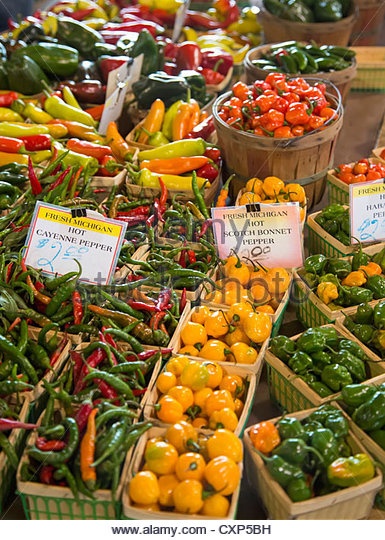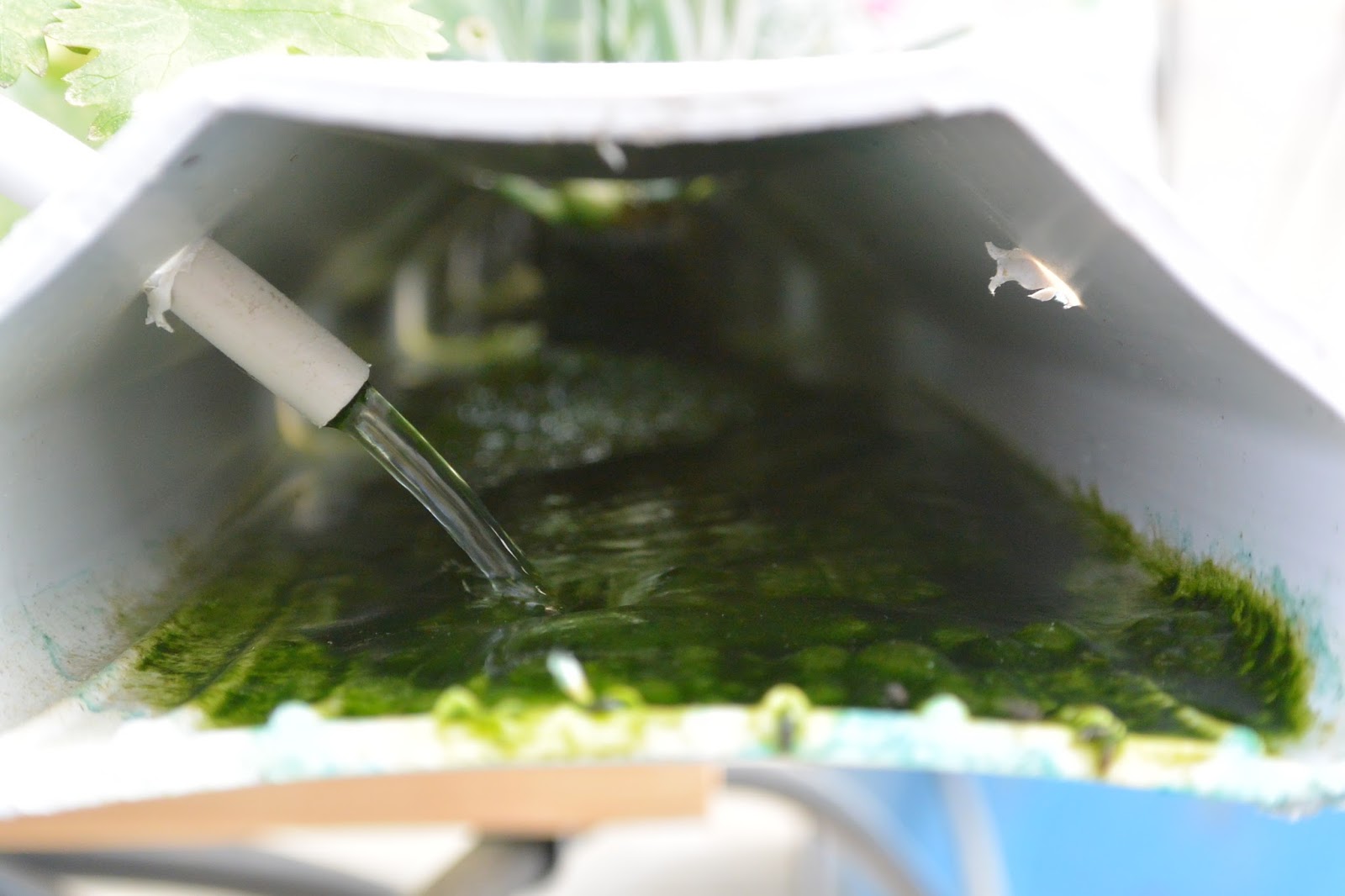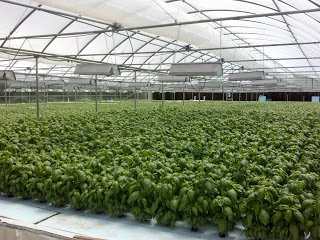
Before you dive into hydroponics one of the first things you should do is have your water source analyzed by a reputable lab. The water can be municipal, from a well or other source depending on your location. A quick internet search can be done to find a testing facility near you. They will provide you instructions for sending in your samples and tell you their cost for an analysis which normally ranges between $35-$55. If you are buying property, a water test can also help you decide if the property will work for your intentions, just like a farmer might get a soil test before buying farmland. Knowing if a water treatment system is needed before you get started can end up saving your crop and a lot of trouble in the long run especially in a closed or recirculating system.
Continue reading How does testing your water save you money?





